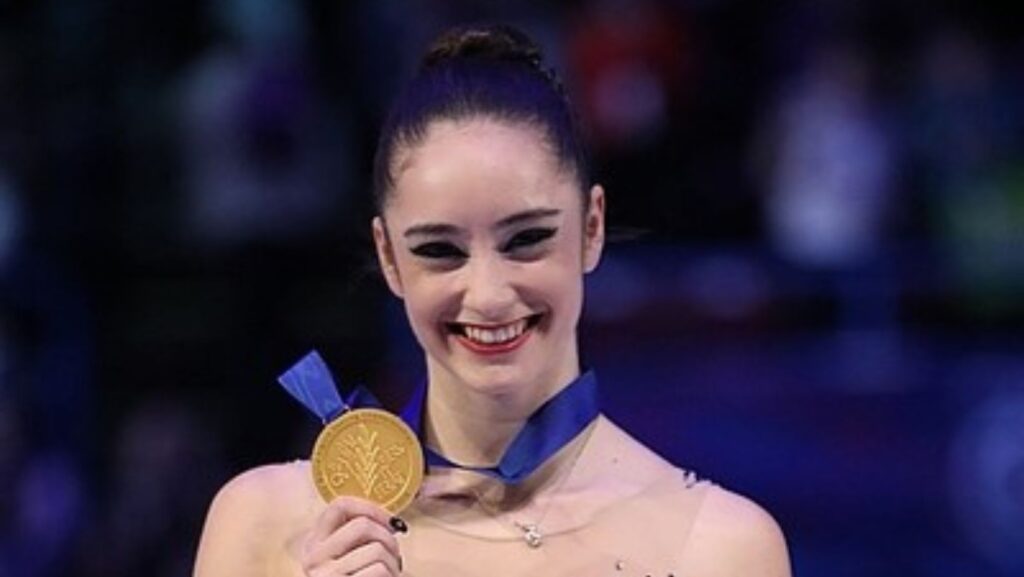The end of a career is a stress inducer for many people. Wondering what they’ll do with the future, finding a purpose to their life, replacing the social interaction that existed among co-workers and figuring out how to spend their suddenly free days can create a psychological condition that experts describe as retirement depression.
If leaving their career is that stressful for people in their late 50s and early 60s, imagine dealing with the loss of your career at a much younger age. Elite athletes are often left to find a new purpose for their lives at a time when most people are just beginning to make real headway during their career choices.
Some athletes are lucky enough to stay working until their 40s. Most will see the end come in the 30s and for some – especially Olympic athletes – it can be all over in their 20s.
Athletes are different animals from regular folks. They live life in the spotlight. People swarm to them and fawn over them when they go to the mall or out to dinner. At work, their every move is scrutinized. The outcome of what they do at their workplaces is often the subject of wagering through Vegas bets.
“There was a loss of validation,” Canadian world champion figure skater Kaetlyn Osmond admitted to CBC.ca when her career ended. “For a long time, you’ve been the center of conversation, and you’re trending on social media. And then the next thing you know you are completely forgotten.”
For them, the end of a career often comes without warning. There’s no preparation for this sudden change, and often, no Plan B to pivot to when the chosen path is no longer available. The final act of their chosen profession can often prove devastating to their psyche.
They Never See It Coming
An NHL GM once suggested that the last person to know that they are done is the athlete themselves. The news that their playing days are over hits like a sledgehammer.
For the vast majority of elite-level athletes, their sport is all they’ve done since their adolescent days. They’ve been put on a pedestal. Every decision they made was based upon how it would affect participation in their chosen sport. They are told when to sleep, when to wake up, and when and what to eat.

The mean age for retirement among world-class athletes is 34. On average, an athlete’s career tends to last about 10 years. Some have missed out on university while playing their sport. In general, estimates show that top-level athletes are approximately 10 years behind non-athletes when it comes to vocational development.
An athlete’s only job is to play their sport and to train to play their sport. A world-class competitor will train six hours a day, six days per week, 12 months a year. And then suddenly, one day, it all stops.
“Most athletes are the same – you are thinking about the next match, the next tournament, the next session in the gym,” Argentine wrestler Yuri Maier told Olympics.com. “The furthest ahead you tend to think is maybe a few years but that is only because that is when the next important championships are. “
Losing Their Identity
For a world-class athlete, their sport is not only what they do. Often, it also defines who they are.
“Mentally, retirement is difficult because you lose a large part of your identity you’ve had your whole life,” Osmond explained. She retired from her sport at the age of 22.
“Definitely more difficult than expected,” Osmond said. “When I stepped out of it, I wasn’t prepared. All I knew is that I just couldn’t convince myself to train anymore, compete anymore.”
Miranda Ayim, former captain of Canada’s national basketball team, remembers the difficulty of her adjustment into life after basketball.
“Your whole identity as an athlete is wrapped up in your sport, and has been for so long, so realize that there’s going to be a bit of unraveling of that identity,” Ayim said. “And that’s going to be a bit of a painful process.”
Cara Button is the senior manager of Game Plan, an organization established by the Canadian Olympic and Paralympic Committees to help their athletes transition into their post-sports careers. She understands succinctly what Ayim is saying.
“Identity is huge,” Button explained. “Who am I, if I’m not an athlete? How do I introduce myself? What’s interesting about me outside of sport?
“It’s also grieving the loss of what they loved doing that they can no longer do.”
Finding A New Path To Follow

For these athletes, the biggest challenge is finding a post-sporting career capable of giving them both a way to earn a living and also, a method to replace the need to keep the competitive fires burning inside. That’s why so many of them turn to coaching after their playing days.
For NHL Hall of Fame defenseman Nicklas Lidstrom of the Detroit Red Wings, he found his post-hockey path teaming up with two fellow Swedes – ex-tennis star Stefan Edberg and PGA golfer Henrik Stenson. They are partners in Case, a boutique investment firm.
Lidstrom’s involvement with the group came about when he asked to meet with Edberg to discuss how he made the transition to life after tennis.
“I was just curious how Stefan had handled it all and asked him if we could meet,” Lidstrom explained in his book The Pursuit Of Perfection. “We did not know each other before.
“Stefan was very open and told me about his decision to leave pro tennis and life on the road to settle down in his home country and find a new challenge.
“It was very similar to my journey in Detroit and the NHL – the traveling, the pressure, and the decision to stop playing and moving your family back to Sweden.”
After their initial meeting, Edberg and Lidstrom met again, and he became a partner in the company. Many of their clients are retired athletes looking to make the right choices with their post-career investments.



